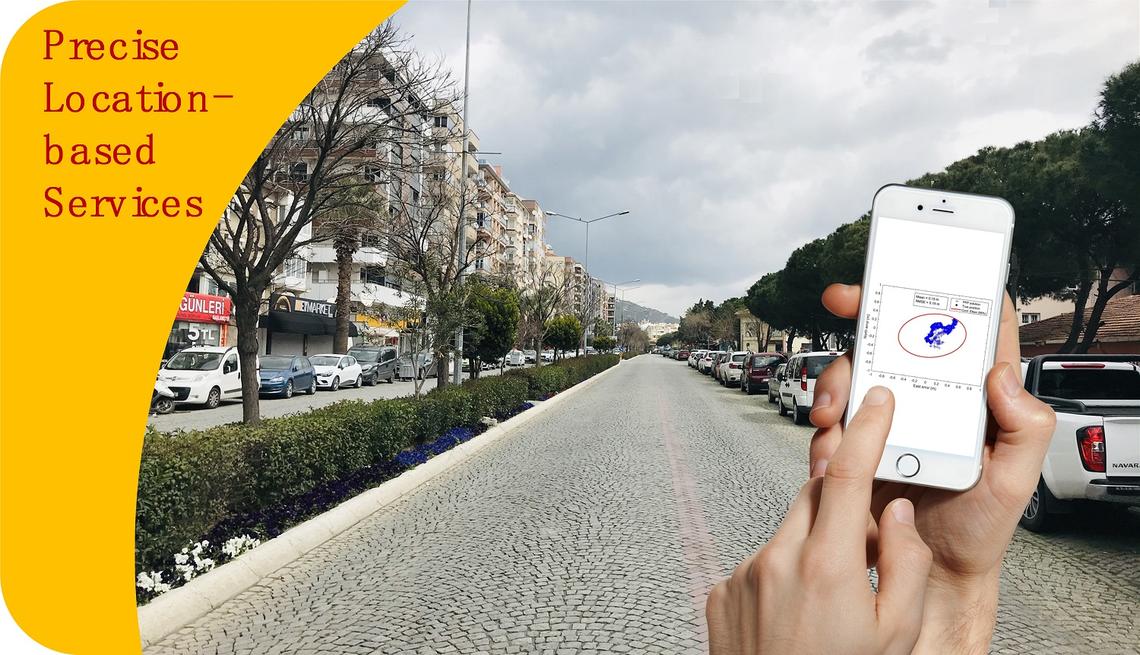
Sept. 3, 2020
Precise GNSS positioning with smartphones

In recent years, the use of low-cost and ultra-low-cost receivers has been drastically increasing due to their low cost compared to the high-end geodetic receivers. In 2016, with the development of a mobile app allowing the Android operating smartphone users to log the raw GNSS code and carrier phase measurements, improving smartphone positioning performance has become an interesting research topic. While early smartphones only provided single-frequency GNSS observations, dual-frequency GNSS smartphones have also been launched in recent years which enable further enhance of positioning accuracy, availability, and integrity.
The quality of GNSS observations logged by the low-cost GNSS receivers on smartphones however is not as good as those collected by the high-end geodetic ones. So, further considerations are required to obtain accurate positioning. In this study, application of GNSS smartphones for high-accuracy positioning using the precise point positioning (PPP) method is investigated in both static and kinematic modes. The challenges we may face in smartphone positioning are also discussed. The results obtained from the use of different smartphones indicated that, in static mode, a few decimeters to sub-meter level accuracy can be obtained for the horizontal components and meter-level accuracy can be achieved for the vertical component depending on the environment the data is logged. Sub-meter to meter-level accuracy is achievable in a kinematic mode. Smartphones capable of precise positioning will help create new location-based services such as pedestrian and vehicle navigation, social networking, contact tracing, and mobile-location based apps etc. Further research will be conducted to address issues related to positioning convergence time and integrity so that precise location information can be available quickly and reliably.

Funding sources: Dean's International Doctoral Recruitment Scholarship, Natural Sciences and Engineering Research Council of Canada.
